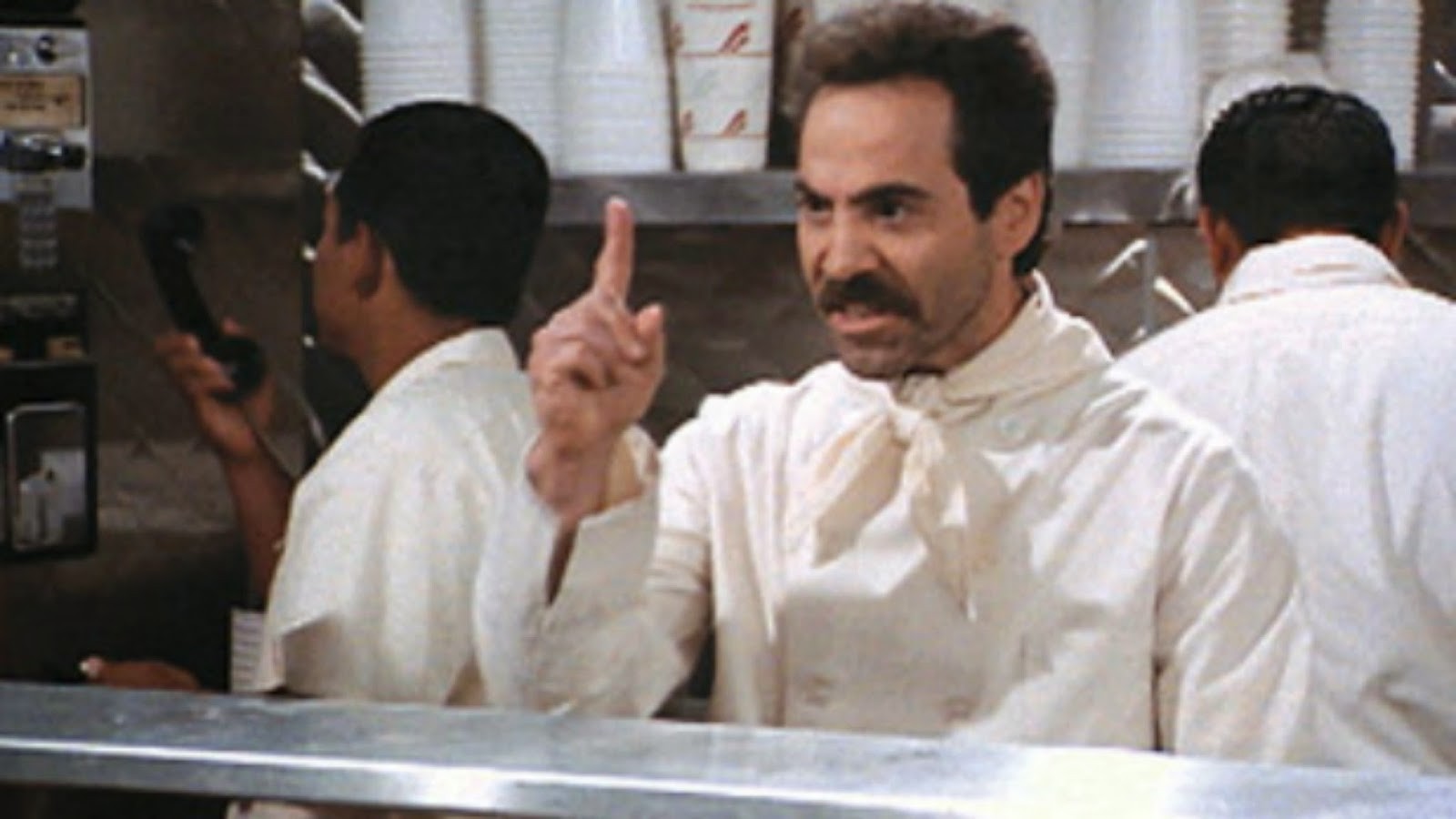
A few months back, I wrote a piece for the School of Visual Arts on the implications and “brand” of the Alt-Right. It was one of the hardest things I’ve ever had to write. First, this soft white underbelly of American exceptionalism has a creation myth so convoluted it borders on non-sequitur. The logic patterns used to rationalize behavior are mind numbing. And quite honestly, diligent research unearths some pretty scary stuff—4chan is not a place for the faint of heart and those easily triggered.
Making sense of it all, and creating a cohesive piece of language required discipline—simply bashing the ideas and adherents is just plain lazy and is not conducive to thorough academic exploration. Given recent events, I thought a little clarity on the group’s origins, objectives (such as they are) and my take on their real identity might be helpful. So, I felt it was an appropriate time to share this beyond academia. See what you think.
The Alt-right Comes of Age
2016 wasn’t the year the alt-right was created—that honor goes to 2010 when noted White Nationalist Richard Spencer coined it. But it was the year the alt-right got a seat at the adult table. What started as a loose agglomeration of misbehaving boys had blossomed into a full-blown political brand, or so it seemed. However, upon closer examination, the alt-right’s true identity becomes clear. It turns out, the alt-right is a cult. A messy, hydra-like cult, but a cult nonetheless. And nothing captures the collective imagination more.
History shows the genesis of both political movements and cults is frequently a messy affair. But even by those standards, this creation myth is a doozy. This is a story of convergence—the merger of far-flung dark places on the internet—places most of us would like to pretend didn’t exist.
In one corner: Gamergate (don’t worry, I’d never heard of it either), a cadre of hard-core video game enthusiasts, who by demographic definition are overwhelmingly white men. They became enraged by a female gamer allegedly sleeping around to get favorable coverage for a game she designed. Under the guise of upholding journalistic integrity, they lashed out on platforms like 4chan and Reddit. Big time. Like rape and death threats, big time. This in turn uncovered a rich vein of latent sexism and misogyny heretofore brewing silently. Tactics and targets blossomed, all in the name of upholding “ethics.”
Meanwhile, over in another corner, political society saw the rise of the Tea Party and its primary mouthpiece, Breitbart News. In the beginning, the conservative constructs were recognizable, albeit strident: smaller government, gun rights, religious freedom. But once ex-investment banker Steve Bannon took the helm after Andrew Breitbart’s death, things went sideways. The rhetoric became more incendiary, more 2-dimensional. As CBS News put it: “It wasn’t interested in looking even faintly objective, instead inventing easily understood “narratives” of crusading conservative heroes….”They too, donned the veil of public service to verbalize the previously verboten. As Tomi Lahren, noted Alt-right personality has said: “Sometimes people need to be called out on their shit.” And if that includes talking about white nationalism, black criminalization or rape threats, well, that’s just the price of truth and democracy.
Spin these seemingly disparate dialogues in the blender that is the internet, and what starts as garden-variety misogyny and racism becomes a full bore meet-up for those who love to hate—white supremacists, anti-feminists, you name it—the snowball got rolling and everybody piled on. Even the conservative stalwart National Review took notice, calling this a symptom of “racism and moral rot.”
Like a teenager testing their parents, they pushed how far, how provocative they could be, utilizing the First Amendment as a shield. Breitbart editor, Milo Yiannopoulos cited “young rebels” as giving the movement wings not for political reasons but “because it promises fun, transgression, and a challenge to social norms.” It became cool to say you hate Jews and brown people and denigrate women. According to The New Yorker, “testing the strength of the speech taboos that revolve around conventional politics of what can be said, and how directly” was the mojo behind the movement. This is when the movement morphed into something else.
In my class at SVA, I teach a book called The Culting of Brands by Douglas Atkin. In it, Atkin In it, Atkin draws comparisons between brands that develop strong emotional connections, and cults, like the Hare Krishna or the Moonies. Paradoxically, Atkin says, “the common belief is that people join cults to conform. Actually the very opposite is true. They join to become more individual.” That said, they seek, in trying to delineate their differentness, a group of people who feel similarly—it’s human nature to seek out community (think Abraham Maslow). And in doing so, as a cult member told Atkin: “you become more you.” The cult makes me feel more like me, like my best me (self actualization, anyone?). This is identity politics on steroids.
The alt-right fits these criteria. A group of folks who thought they were alone in their thoughts until they found others like them on Twitter and Reddit. Benjamin Wallis-Wells in The New Yorker wrote: “One way to understand the alt-right is not as a movement but as a collective experiment in identity, in the same way that many people use anonymity on the Internet to test more extreme versions of themselves.” Cue the chanting.
Then, they hear a Presidential candidate and those around him saying what they’re thinking, and bingo! They have their soapbox.
2016 was the alt-right’s big move from the shadows to the main stage, led of course, by their Guru, Steven Bannon. Bannon took up the mantle heartily, declaring to Mother Jones that Breitbart was “the platform for the alt-right.”And of course, he is now far closer to the levers of power than anyone ever imagined.
So what are the implications? Can we impel adherents of the alt-right to, as Aziz Ansari said on SNL: “…go back to pretending (they’re not racist)?” Should we? What does this portend moving forward?
We have most certainly moved the needle on what is “acceptable behavior” in polite political circles, and that will probably change discourse for the forseeable future. It has also drawn stark divisions among the right and the left, pulling the two into seemingly irreconcilable differences. But there is a silver lining here.
In the relative safety that came after the upheaval of the late 60’s/early 70’s, political complacency became the norm. Sure, there were still protests, but the vast majority of Americans, when the opposing party was in power, simply rolled their eyes, watched late night TV, and grumbled amongst themselves. Caught short by this new force among us, many have awoken from a three-decade slumber. Witnessed by the millions who marched the day after the Inauguration, Indivisible, and the other organizing, people are getting involved. People are ACTING.
This reawakened activism, combined with the new rules around discourse, may lead others to adopt the same slash and burn tactics that the alt-right so successfully employed. Now that there are definitively two sets of facts out there, we will continue to remain in our camps for the time being—moderation may take a generation or two to return. But nothing unites like a common enemy. And as sanity prevails, it is my hope, and the hope of many others, that the right will see that the alt-right does not define them, is not the cult they want to join. Will this force, in the end, unite us, despite our political differences? Whatever the answer to that question, this cult of the internet age is not one we can relegate to the dustbin of history just yet.






